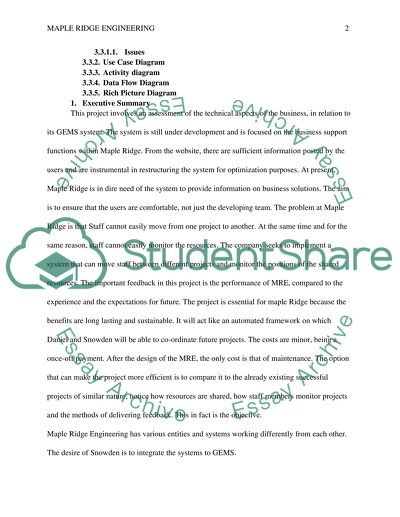Cite this document
(“Maple Ridge Engineering Case Study Example | Topics and Well Written Essays - 3500 words”, n.d.)
Maple Ridge Engineering Case Study Example | Topics and Well Written Essays - 3500 words. Retrieved from https://studentshare.org/marketing/1486661-maple-ridge-engineering
Maple Ridge Engineering Case Study Example | Topics and Well Written Essays - 3500 words. Retrieved from https://studentshare.org/marketing/1486661-maple-ridge-engineering
(Maple Ridge Engineering Case Study Example | Topics and Well Written Essays - 3500 Words)
Maple Ridge Engineering Case Study Example | Topics and Well Written Essays - 3500 Words. https://studentshare.org/marketing/1486661-maple-ridge-engineering.
Maple Ridge Engineering Case Study Example | Topics and Well Written Essays - 3500 Words. https://studentshare.org/marketing/1486661-maple-ridge-engineering.
“Maple Ridge Engineering Case Study Example | Topics and Well Written Essays - 3500 Words”, n.d. https://studentshare.org/marketing/1486661-maple-ridge-engineering.


